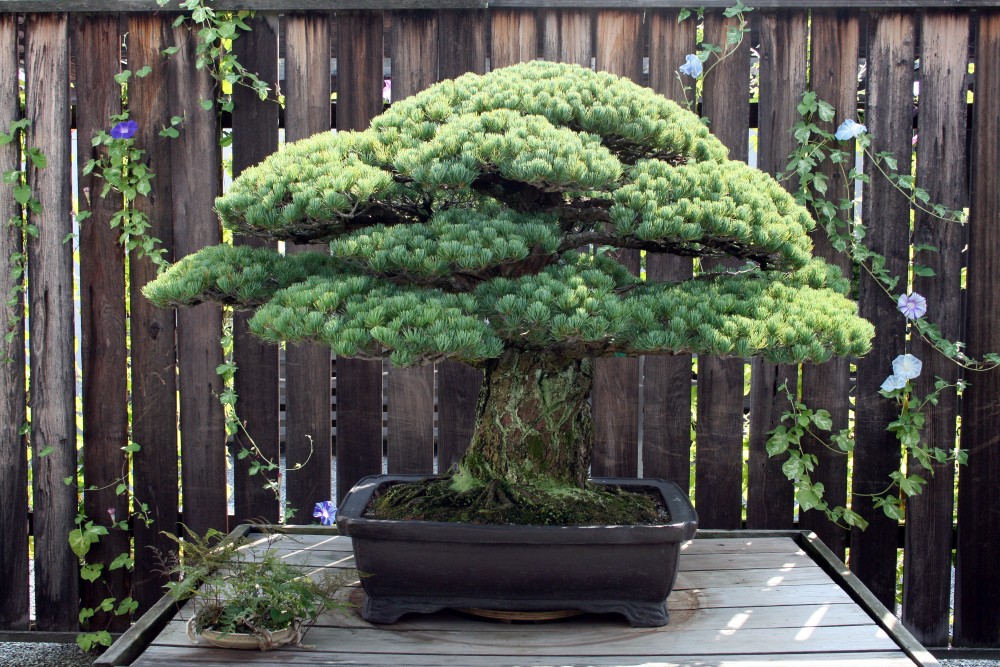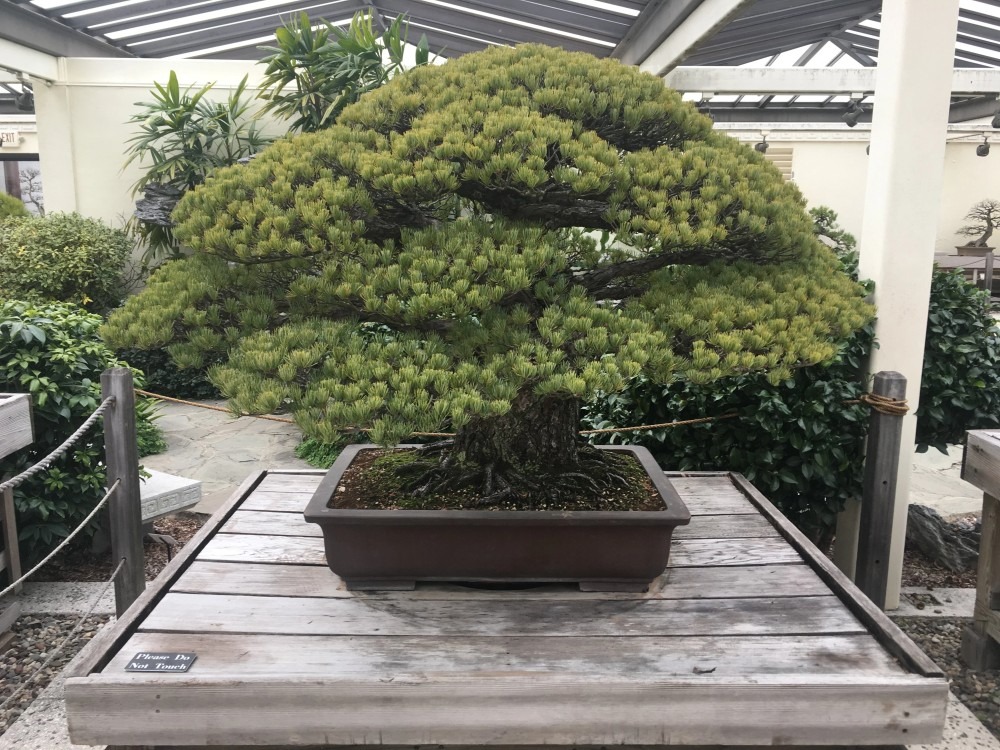
Behold, a living relic from a bygone era – the ancient Miyajima White Pine tree. Planted in 1625, this bonsai tree has defied the sands of time, surviving for almost 400 years. But what truly sets it apart is its resilience and determination to live on, having withstood the catastrophic aftermath of the world’s first nuclear bomb that was dropped on Hiroshima on August 6, 1945.

Gifted to the United States in 1976 by bonsai master Masaru Yamaki, this centuries-old bonsai is a symbol of peace and friendship between two nations. At the time of the bombing, Yamaki and his family were respected bonsai growers, living only two miles away from the site of the explosion. Though the blast claimed the lives of 140,000 people and devastated the city, the bonsai tree and the Yamaki family survived unscathed, protected by the thick walls of their home.
Through the years, the Yamakis lovingly cared for the bonsai tree, passing it on to the United States as a “gift of peace”. But it wasn’t until 2001, when Yamaki’s grandsons visited the National Bonsai & Penjing Museum in Washington, D.C., that the plant’s remarkable history was revealed. While the museum chooses to focus on the bonsai’s role as a symbol of friendship, its resilience and connection to history cannot be ignored.

In the presence of this living being, one can’t help but feel a connection to the past, marveling at its ability to survive and thrive through uncertain times. The Miyajima White Pine tree is a testament to the strength of nature and the human spirit, a true wonder to behold.

Leave a Reply